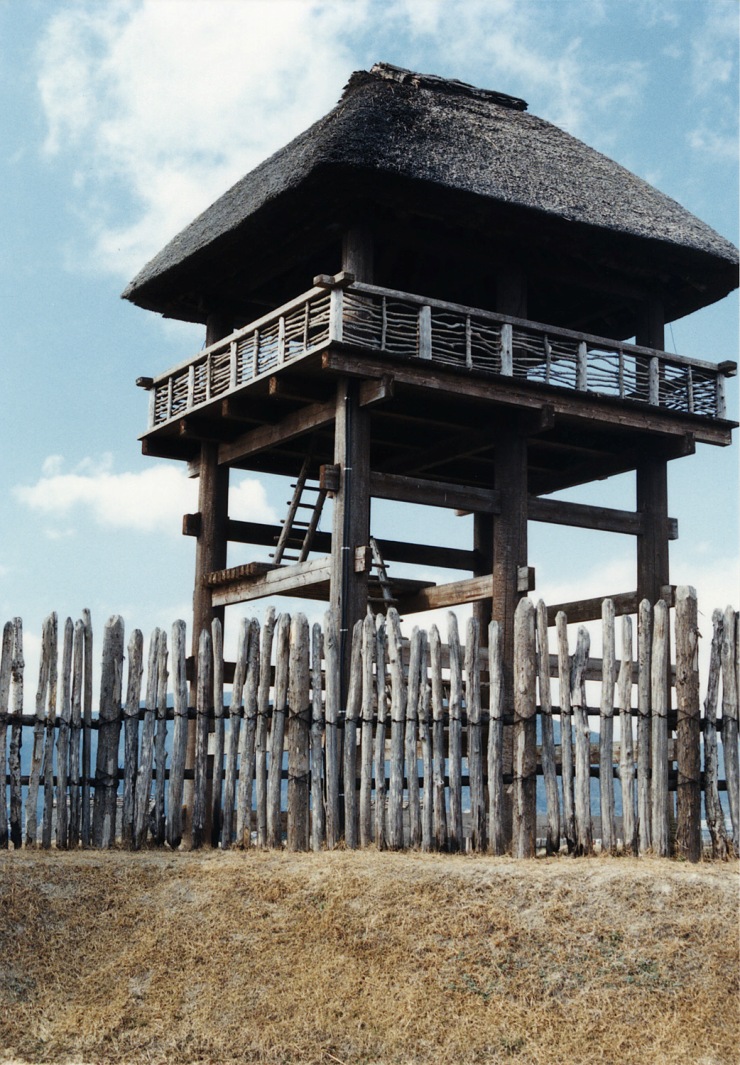Yayoi period

Yayoi period
The Yayoi period, a transformative epoch in Japanese history, marked the transition from the late Neolithic to the Bronze and Iron Ages. Spanning roughly from 300 BC to 300 AD, it's named after the Tokyo neighborhood where its artifacts were first discovered. This era is particularly significant for art collectors and antiquities experts due to its profound impact on Japanese culture, art, and society.
Yayoi culture, a stark contrast to its predecessor, the Jōmon period, introduced many advancements. The period is characterized by the emergence of Yayoi pottery, known for its simplicity and practicality, and the adoption of wet rice agriculture, a practice introduced from Korea. This agricultural revolution enabled the rise of permanent settlements, leading to more complex societal structures and class stratification.
One of the most notable aspects of Yayoi art is its metalwork, especially the ceremonial bronze bells, mirrors, and weapons. These artifacts, which often found their way into the tombs of the elite, signify the era's intricate craftsmanship and the societal importance of rituals and ceremonies. The period's end transitioned into the Kofun period, setting the stage for the emergence of a more militarized and politically stratified Japan.
For enthusiasts and collectors, the Yayoi period offers a window into the evolution of Japanese art and culture. Its artifacts, some displayed in museums like The Metropolitan Museum of Art, reveal the beginnings of techniques and styles that would define Japanese art for centuries.
Sign up for updates to stay informed about new product sales and auction events related to the Yayoi period. This subscription is your gateway to exploring the depths of Japanese antiquities and ensuring you don't miss out on acquiring a piece of this pivotal historical era.
| Country: | Asia, Japan |
|---|---|
| Start of the period: | 300 BC |
| End of the period: | 300 |